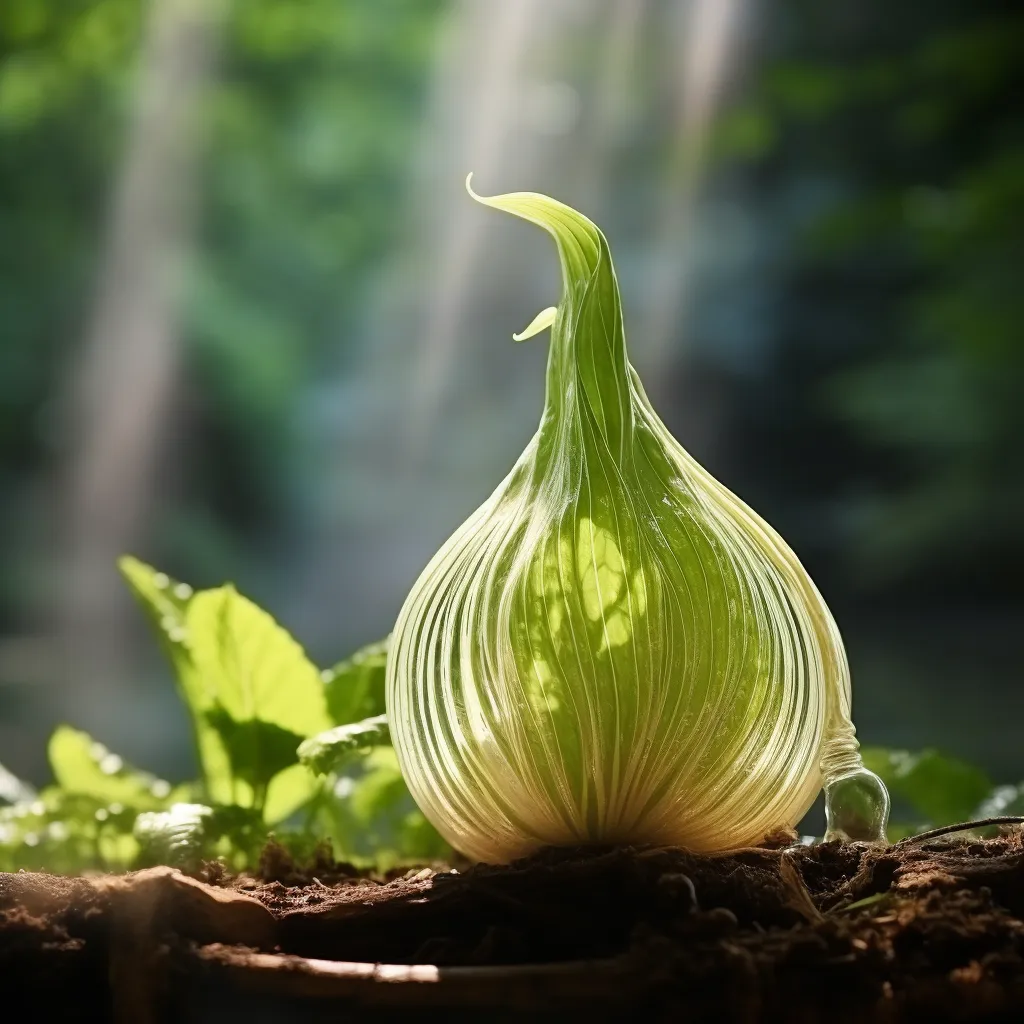Story of Day :
Contents
Hosta Abiqua Drinking Gourd: The Perfect Addition to Your Garden
Welcome, fellow garden enthusiasts! Today, we are going to dive deep into the world of hostas – specifically, the magnificent Hosta Abiqua Drinking Gourd.
This stunning plantain lily is a must-have for any avid gardener looking to add a touch of elegance and beauty to their outdoor space.
Introduction
The Hosta Abiqua Drinking Gourd is a cultivar that has gained immense popularity among gardeners due to its unique characteristics and versatility.
With its large, cup-shaped leaves and striking blue-green coloration, it immediately becomes the centerpiece of any garden bed or landscape.
Planting

When it comes to planting your Hosta Abiqua Drinking Gourd, there are a few key considerations you should keep in mind:
- Selecting the right location: Choose an area that receives partial shade or filtered sunlight throughout the day.
These plants prefer indirect light rather than direct sunlight.
- Soil preparation: Prepare your soil by adding organic matter such as compost or well-rotted manure.
Hostas thrive in moist but well-draining soil with a slightly acidic pH level (around 6.0-7.0).
- Digging the hole: Dig a hole that is wide enough to comfortably accommodate the root ball of your plant.
Ensure that the crown of the hosta (where roots meet leaves) sits approximately level with or slightly above ground level.
- Adequate spacing: Give your hostas enough room to spread out and grow without overcrowding each other.
Aim for a spacing of about 18-24 inches between plants.
Care and Maintenance
Once your Hosta Abiqua Drinking Gourd is planted, it’s important to provide it with the necessary care and maintenance for optimal growth:

- Watering: Hostas require regular watering to keep their soil consistently moist.
Aim for about an inch of water per week, either through rainfall or manual watering.
Avoid overwatering, as this can lead to root rot.
- Mulching: Apply a layer of organic mulch around the base of your hosta plant to help retain moisture in the soil and suppress weed growth.
Keep the mulch at least two inches away from the crown to prevent rotting.
- Fertilizing: Feed your hostas with a balanced slow-release fertilizer in early spring when new growth appears.
Follow the package instructions for proper dosage, as overfertilization can damage the plant.
- Pest control: While generally resistant to pests and diseases, hostas can sometimes fall victim to slugs, snails, or deer.
Use organic pest control methods or create physical barriers like copper tape or fences to protect your plants.
Propagation
If you’d like more Hosta Abiqua Drinking Gourds in your garden (and who wouldn’t?), propagation is a straightforward process that you can undertake:
- Division:</strog Divide mature clumps of hostas during spring or early fall when they are not actively growing.
Use a sharp knife or garden spade to carefully separate individual crowns with roots intact.
- Planting divisions: Replant the divided hostas in prepared soil, following the planting guidelines mentioned earlier.
Water them thoroughly after replanting to help establish their roots.
- Caring for divisions: Provide the same care and maintenance as you would for established hostas, ensuring they receive adequate water, light, and nutrients to thrive.

In Conclusion
The Hosta Abiqua Drinking Gourd is a true gem in the world of gardening.
With its captivating blue-green foliage and low-maintenance nature, it’s no wonder that so many gardeners have fallen head over heels for this plantain lily.
By following these care tips and providing your Hosta Abiqua Drinking Gourd with a little love and attention, you can enjoy its beauty year after year in your garden.
Happy gardening!